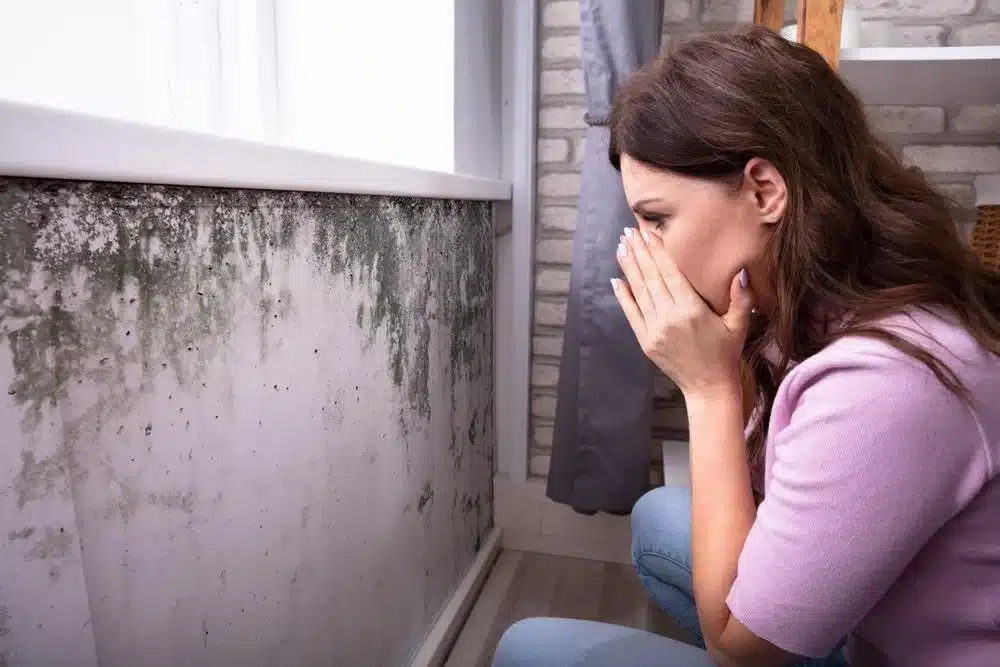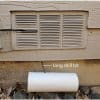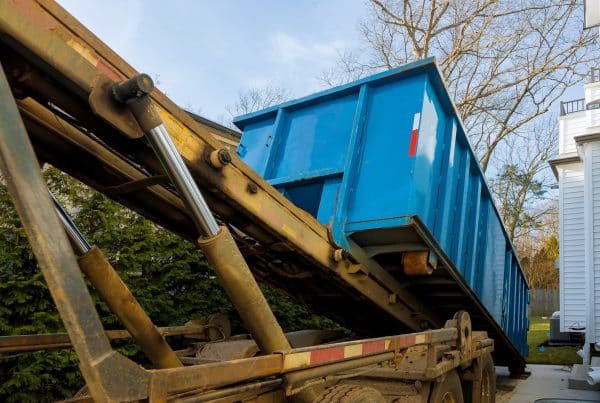Mould may seem like an innocuous problem around the house, the kind of thing you can scrub away with a bit of bleach or a good scrubbing brush, but do we truly understand the risks? After all, it’s just a little bit of fuzz on the walls… right? Unfortunately, the presence of mould in your home can lead to severe health problems and should not be overlooked. This comprehensive guide explores everything from the types and causes of mould to the health risks and preventative measures every homeowner should take.
Mould is not just unsightly; it can be a danger to your health, particularly for those with respiratory issues or compromised immune systems. We’ll get to the root cause of mould and explain why it’s more than just a pesky problem to brush aside. Keep reading to protect your home and your loved ones from the perils of household mould.
Understanding Mould: Types, Causes, and Common Areas of Growth in Homes
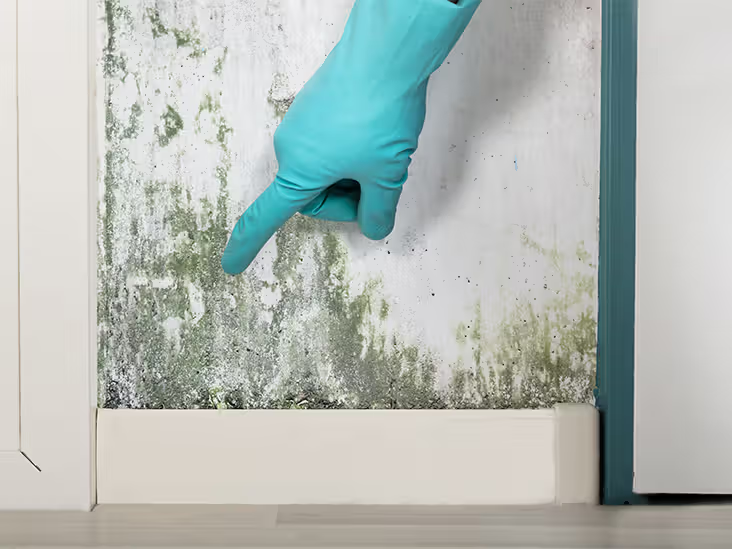
Types of Mould
Common types of indoor mould include Cladosporium, Penicillium, Alternaria, and Aspergillus. These can appear as black, green, or grey spots on the walls, ceilings, or other damp surfaces in the home. “Toxigenic” mould can cause serious health issues.
Causes of Mould Growth
Mould requires moisture, oxygen, a food source, and a surface to grow on. Cellulose (the end product of photosynthesis in plants and the most common organic compound on earth) is a common food source for indoors mould. High indoor humidity enables mould to grow rapidly.
Common Areas of Mould Growth
Mould most commonly grows in places that are prone to moisture, such as basements, kitchens, and bathrooms. It can also grow in places you might not expect, including air conditioners, ducts, plumbing leaks, and behind wallpaper.
Health Risks Associated with Mould Exposure
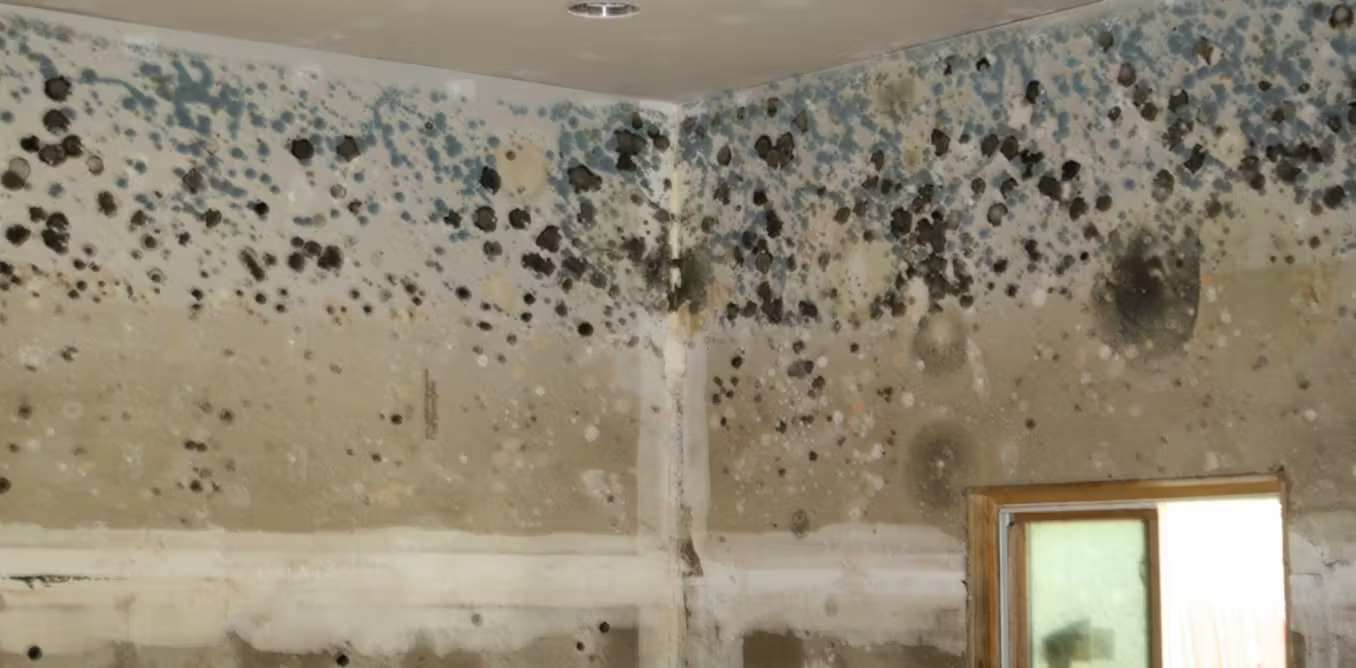
Respiratory Problems
Inhaling or touching mould spores may cause an allergic reaction, such as sneezing, a runny nose, red eyes, and skin rash. Mould can also trigger asthma attacks in those who are asthmatic.
Allergies
Mould is one of the most common triggers for allergies. Symptoms include nasal stuffiness, eye irritation, wheezing, or skin irritation. Severe mould exposure can also lead to more serious conditions like hypersensitivity pneumonitis, which resembles bacterial pneumonia.
Other Health Conditions
Some people, particularly those with weakened immune systems, may be at higher risk of lung infections. Mould exposure might also contribute to the development of chronic conditions such as obstructive lung diseases or fungal infections of the skin or nails.
Signs of Mould in Your Home
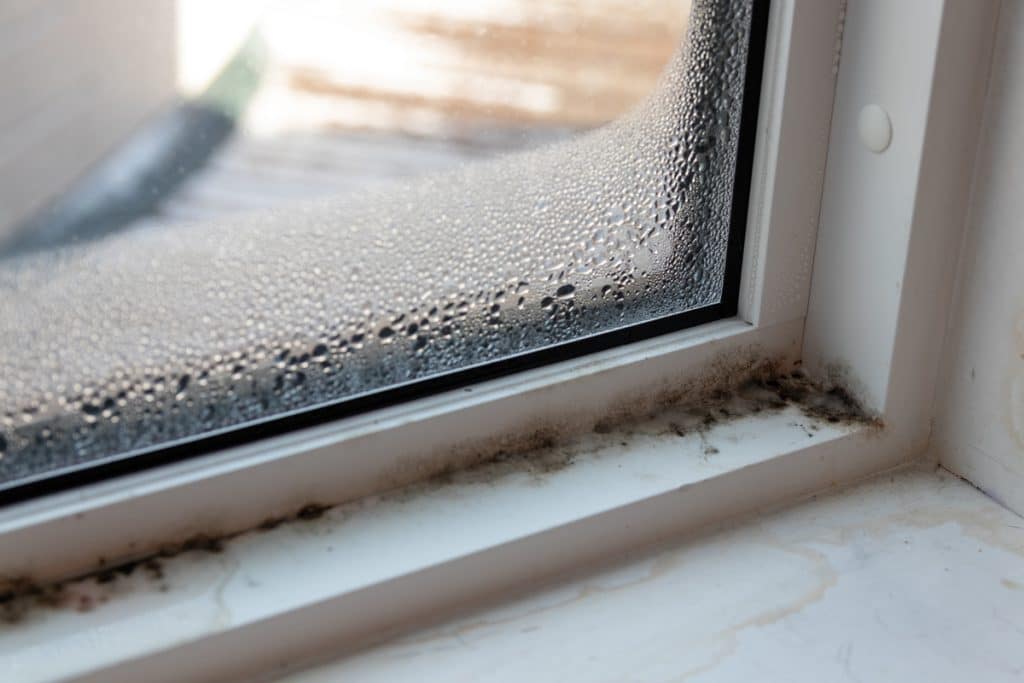
Visual Clues
Visible mould growth is a clear indicator of a problem. Be on the lookout for spots on walls and floors, especially near sources of water. Mould can be a paler colour at first, appearing fuzzy, and then become darker over time. It can also appear as a stain that’s black, brown, or green.
Health Symptoms
If you experience any of the allergic or respiratory symptoms listed above and they worsen when you’re at home, mould may be to blame. It’s especially important to look for signs in areas with poor ventilation, where a previous water leak has occurred, or where flood damage has been repaired.
How to Prevent Mould in Your Home
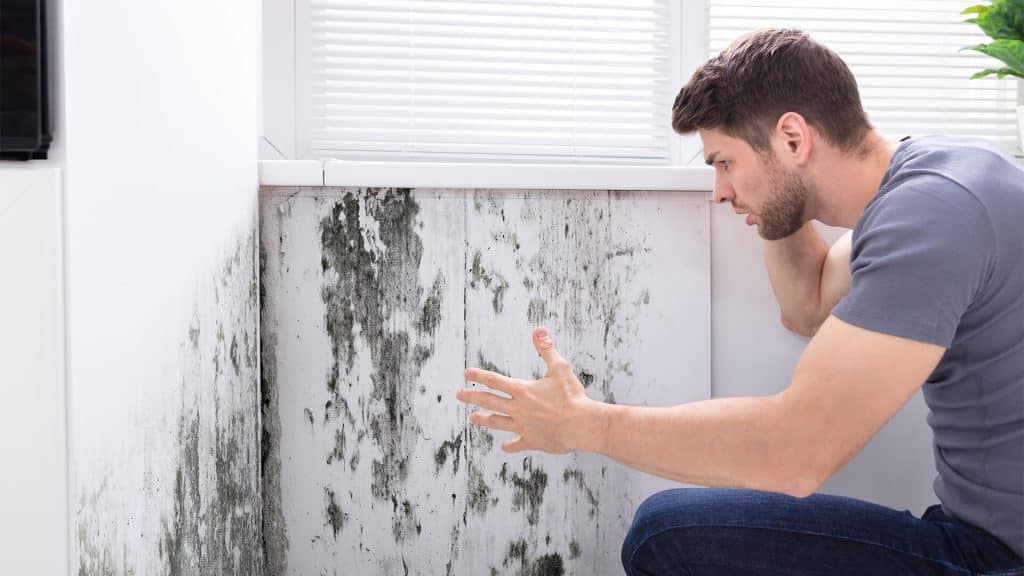
Maintenance Tips
Regularly check for leaks in and around your home, especially following heavy rains or plumbing work. Repair roof leaks, plumbing, and any other water infiltration as quickly as possible. Regularly clean or repair gutters to prevent them from backing up and spilling water into the home. Drain all air conditioning drip pans and any other sources of standing water.
Humidity Control
Use a dehumidifier in humid parts of your home or when you have a water problem. Keep indoor humidity between 30 and 60 percent. Always aim to reduce the moisture in the air. Consider using air-conditioning systems and dehumidifiers during humid seasons. Keep drip pans clean, flowing properly, and unblocked.
Regular Inspections
Check your home periodically for signs of mould. If you can regularly keep an eye out for it, especially if you or a family member has experienced health problems that are mould-related, you can address the issue sooner rather than later.
The Process of Removing Mould: DIY vs. Professional Services
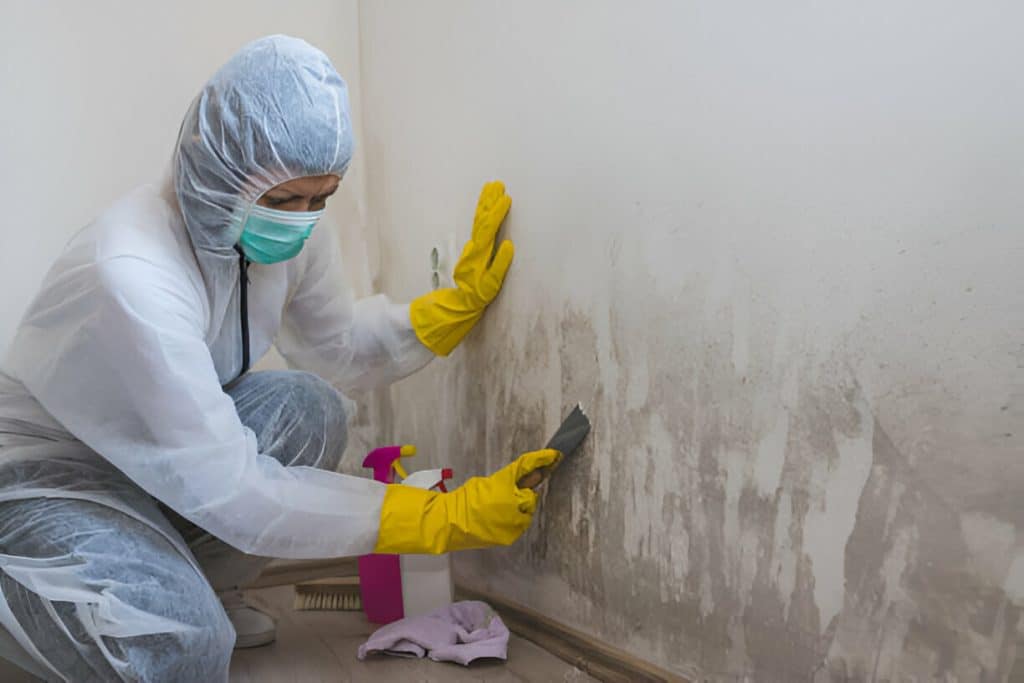
DIY Mould Removal
For small areas, mix a solution of one-part bleach to three-parts water and scrub the mould with a brush. Wear protective gear, such as goggles and a mask, to avoid inhaling spores. Ensure the area is well-ventilated. After cleaning, dry the area completely to prevent regrowth.
Professional Mould Removal
For larger areas or when the mould keeps returning, it’s best to enlist professional help. Mould removal specialists can locate the source of the moisture and provide a permanent solution. They have the protective gear and equipment to safely tackle large infestations.
Conclusion
The dangers of neglecting mould in your home can be significant. It’s not just an aesthetic issue or a minor inconvenience—it’s a serious health hazard. By understanding the causes and types of mould, recognising the signs, knowing how to prevent it, and dealing with it appropriately, you can keep your home mould-free and protect your family’s health. Regular maintenance, vigilant inspections, and quick intervention are crucial for maintaining a healthy living environment. Don’t compromise your well-being; take the necessary steps today to prevent and address household mould.

